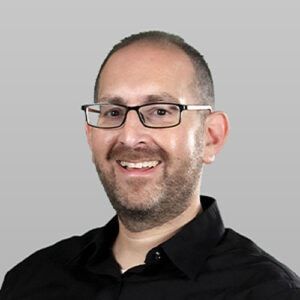– Peggy Cidor- Jerusalem Post 14th May 2007
” ‘It was, and still is, the closest thing to the Garden of Eden,” says Avi Elzam, 56, a lifelong resident of Musrara. “For me, nothing can compare to this place.”
Elzam, who was a city council member in Teddy Kollek’s administration and is the director of the community center in Shmuel Hanavi, spent his childhood in one of the toughest neighborhoods of Jerusalem in the years before the Six Day War.
“We used to have a very regular Shabbat schedule,” he recalls, while pointing to highway No. 1, which was the no-man’s land between Jordan and Israel from 1948 to 1967. “The morning would start with an encounter with the Arab Legion snipers. They shot at us out of sheer boredom. Then we would rage a war in the streets – the kids of Musrara against the kids of Mea She’arim. The young Kurdish boys from Mamilla would join us, to play ball and to support us, the Iraqis and Moroccans from Musrara against the Ashkenazi boys of Mea She’arim. Then we would come home for Shabbat lunch, and after that we walked to the YMCA soccer field to watch the Betar game. That was the schedule on Shabbat, for years.”
Musrara, on the line between west and east Jerusalem, had a hard time during the years between the creation of the state and the Six Day War. It was a neighborhood on the seam, and with Jewish houses only 4-5 meters from the Arab houses on the other side of the demarcation line, Musrara suffered more than any other Jewish neighborhood in Jerusalem from snipers and other manifestations of the tense stand-off in Jerusalem.
“We had a wonderful mulberry tree, in the middle of no-man’s land,” recalls Elzam. “It was the most beautiful tree you can imagine; its fruits had the real Garden of Eden taste. Children and adults alike, from both sides of the border, couldn’t resist the temptation to pick the fruits, even though we all knew it could be very dangerous.”
Ayala Sabbag, who today lives in the Katamonim where she is known for her social activism, was born in Musrara.
“My parents arrived in 1947 and set up home in one of the Arab houses on Rehov Musrara, which later became Rehov Ayin-Het. Our house was the last one on the street, and until 1948, my parents had very close relationships with their Arab neighbors, whom they met right after the Six Day War.”
Sabbag, born in the early Sixties, recalls the frightening moments of sniper fire: “We didn’t have any shelter. Whenever they started to shoot, my mother would, in great panic, gather all her children – we were 11 – and carry the youngest ones up the street to the building of the Voice of Israel, where we would hide ourselves. The Voice of Israel’s building was in range of the shots, but at least they had a shelter inside.”
“The fire from the Jordanian soldiers was a part of our everyday life in Musrara,” adds Elzam. “Their favorite time was on Shabbat mornings, I don’t know why, perhaps because we were all at home or in the yards down on Rehov Ayin-Het, so close to them. They managed to kill quite a few of us, but somehow, [and] I really cannot understand that now, we stuck to the place and didn’t even think of going elsewhere. Those were different days.”
In 1966, the shootings became more frequent. One Shabbat morning Yaffa, 12, was shot in the head and killed by a sniper while standing on the balcony of her home. A few minutes later, her neighbor, a middle aged woman named Allegra, was also shot and seriously wounded…”


